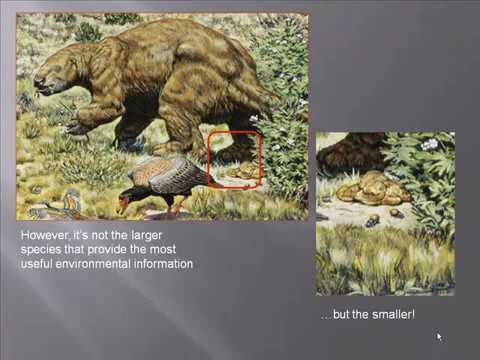Description:
Explore a fascinating lecture on the Pleistocene mammals of North America, focusing on the remarkable discoveries from the La Brea Tar Pits. Delve into the rich history of Rancho La Brea, which now encompasses parts of Hollywood, Hancock Park, and Beverly Hills. Learn about the three main phases of fossil collection by the Los Angeles County Museum and discover the diverse array of herbivores and carnivores preserved in the tar pits. Examine the intriguing skeletal representation anomaly and the four types of fossil accumulations found at the site. Gain insights into specific excavations, including Pit 91, Box 5B, Box 1, and Box 14, as well as non-asphaltic deposits. Encounter the impressive Mammuthus columbi specimen known as "Zed" and understand the significance of modern juniper trees in relation to the site. Conclude with an overview of the George C. Page Museum, which houses and showcases these prehistoric treasures.

Pleistocene Mammals of North America - Treasures from the La Brea Tar Pits
Add to list